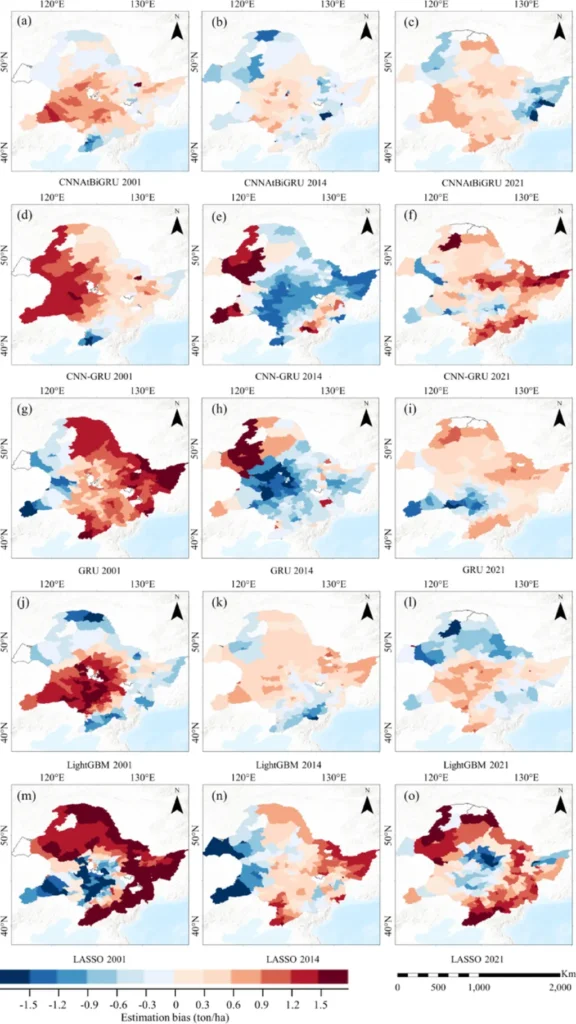In the heart of China, a team of researchers led by Tiantian Jiang from the State Key Laboratory of Crop Gene Resources and Breeding at the Chinese Academy of Agricultural Sciences has developed a groundbreaking solution for maize seedling monitoring. Their work, published in the journal *Artificial Intelligence in Agriculture* (translated as *人工智能在农业中的应用*), promises to revolutionize precision agriculture by making it more accessible and efficient.
Maize, a staple crop worldwide, requires meticulous monitoring during its early growth stages. Traditional methods of counting seedlings and assessing leaf age are labor-intensive and prone to human error. “Manual monitoring is not only time-consuming but also subjective,” explains Jiang. “It’s a significant bottleneck in effective field management and variety selection.”
Enter YOLOv8n-Light-Pruned (YOLOv8n-LP) and YOLOv11n-Light-Pruned (YOLOv11n-LP), two lightweight deep learning models designed to automate and streamline this process. By incorporating innovative mechanisms like DAttention and an improved BiFPN, the team has significantly reduced the computational complexity of these models. “We’ve managed to reduce the number of parameters by over 73%,” says Jiang, “making these models much more efficient and easier to deploy in the field.”
The results are impressive. The models achieved a high accuracy in seedling counting, with an average precision (AP) of 0.968 for YOLOv8n-LP and 0.969 for YOLOv11n-LP. They also demonstrated robustness across various datasets, with relative root mean square errors (rRMSE) ranging from 4.07% to 7.27%. Moreover, they excelled in leaf age detection using both near-ground and UAV (Unmanned Aerial Vehicle) images.
The implications for the agricultural sector are profound. These lightweight models can be easily integrated into existing farming practices, providing real-time data for precision agriculture. This could lead to more efficient use of resources, improved crop yields, and better variety selection. “This is a game-changer for precision agriculture,” says Jiang. “It’s about making technology more accessible and practical for farmers.”
The research also opens up new possibilities for the energy sector. Maize is a crucial crop for bioenergy, and accurate monitoring can lead to more efficient biofuel production. By providing precise data on seedling count and leaf age, these models can help optimize the growth and harvest of maize for bioenergy, contributing to a more sustainable energy future.
As we look to the future, this research could pave the way for similar applications in other crops and environments. The adaptability of these models to complex field conditions suggests that they could be used in a wide range of agricultural contexts, from large-scale farms to smallholder plots. It’s a significant step forward in the integration of artificial intelligence and agriculture, promising a more efficient, sustainable, and data-driven future for farming.
In the words of Tiantian Jiang, “This is just the beginning. We’re excited to see how these models will be used and adapted in the years to come.” With their potential to transform precision agriculture and contribute to sustainable energy production, these lightweight models are indeed a promising development in the field of agritech.

